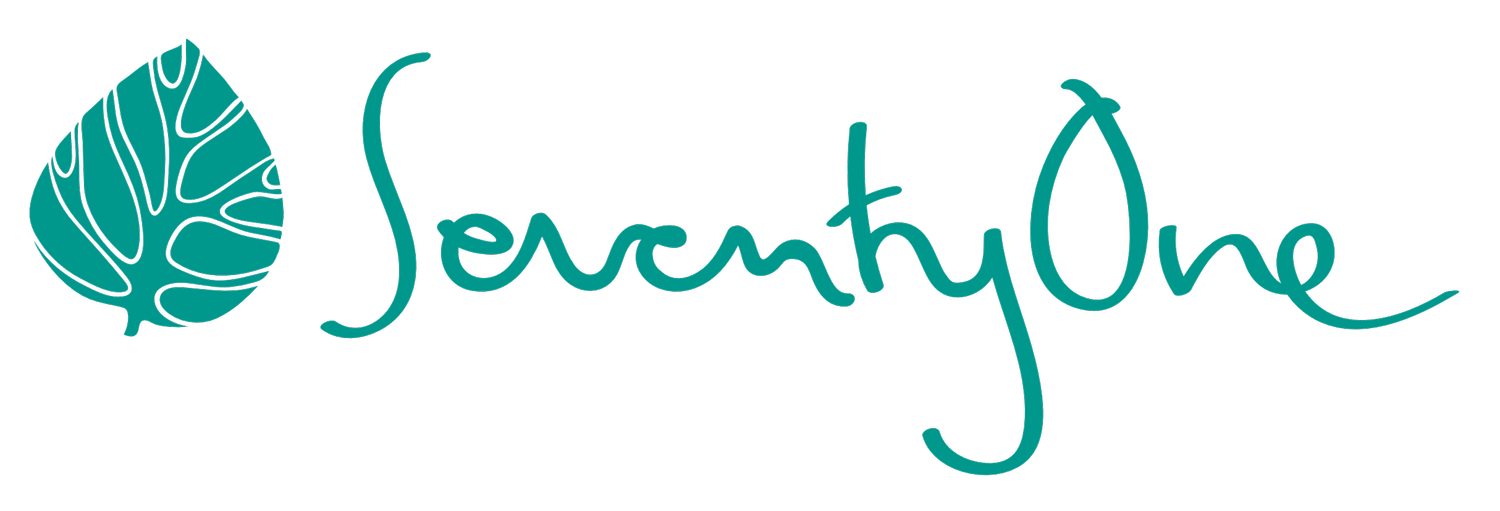"Human stupidity" - part 3
- why simplification and assumption are some of the most used tools in your "brain survival kit"
We are daily exposed to billions of impressions, and our brains need to process lots of information at high speed. To cope with all information and to prevent us from being overwhelmed, our minds protect us by simplifying and picking out just a few things.
In this article, you will become more aware of how you are influenced and biased in decision-making situations. Why you choose or do not choose to do what you do, and what the risks if you are not aware of how the brain functions when making decisions.
We have, just for fun, collected various psychological phenomena for when the mind plays tricks on us, such as simplifications and other strategies that cause psychological biases. This is the second article in a series where these insights will be shared. Here you will find the previous articles Inspiration och Artiklar
The confirmation bias
Confirmation bias is one of the most common biases. It is our tendency to seek, interpret and remember information in a way that confirms your pre-existing beliefs or hypotheses. In addition to this, the brain dismiss or filter out information that contradicts these beliefs. This is a result of our brains seeking simplification and choosing not to process the whole picture.
Here you can read about 17 situations of confirmation bias, for instance why we believe in horoscopes, how algorithms are utilizing on the recognition factor etc. This bias can occur in any situation where people have preconceived opinions about a person or an issue. The resistance to process the data and keep an open mind can lead people to make poor decisions and miss out on learning and growth.
The carry-over effect
The carry-over effect is when our pre-existing beliefs or hypotheses in an area can influence perceptions and judgments of new information. This bias is very similar to confirmation bias, but instead of filtering out information that is consistent with our beliefs, our beliefs will spill over into how we interpret the new information. This effect occurs when we rely on our previous experiences and beliefs, even when the information is inconsistent with our prior biases. For example, if someone has a negative bias towards a certain group of people, the carryover effect can influence how the person perceive and judge individuals within that group, even when presented with information that contradicts this bias. The carryover effect causes us to overlook important information and draw judgmental conclusions.
The decoy effect
The decoy effect is a phenomenon that occur when an additional option, a decoy is presented and how that option can influence an individual's preference in a decision. The bias is also called the asymmetric dominance effect, since the decoy is slightly better than one option but in price just less than the other option. Its purpose is to make one of the existing options appear more attractive by comparison, leading individuals to choose that option. The effect is usually utilized as a pricing strategy by using it as a persuasion mechanism of the unconscious by tricking the consumer to be distracted and nudge them to choose the option the company wants to sell. For example, a person is deciding between two different phones, one cost $600 and has basic features, while the other cost $900and and has premium features. A third option is introduced that costs $800 and have similar or fewer features than the $600 phone, people may be more likely to choose the most expensive, $900 phone because it appears to be the better value.
The decoy option creates a bias in favor of one of the existing options and can lead individuals to make a decision that is not necessarily in their best interest.
THE BYSTANDER EFFECT
The bystander effect is that persons have the tendency to be less likely to intervene or speak out against bias or prejudice and offer help to victims when others are present. The presence of other people can create a diffusion of responsibility, where individuals assume that someone else will take action, or they may be afraid of being socially rejected or ridiculed for speaking out. The probability of helping seems to relate to the number of bystanders, the larger the number of bystanders, the less likely any of them will volunteer to help.
This bias can lead to situations where everyone assumes someone else will take action, so no one takes action at all. Studies have showed that subordinates often refrain from informing managers regarding ideas, concerns and opinions.
Note! These are interpretations and definitions and should in no way be seen as scientific. Some of these concepts have even been criticized and misused.

